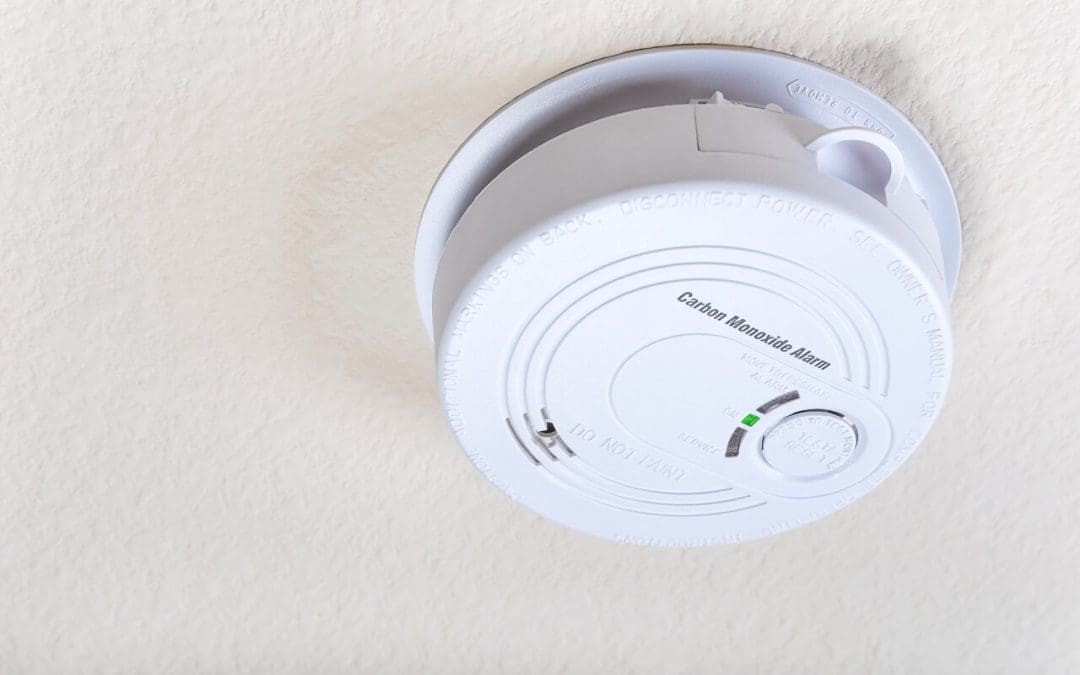Carbon monoxide (CO) is a gas that can be deadly when inhaled. It is invisible and odorless, making it even more dangerous. Every year, unintentional CO poisoning claims the lives of more than 400 Americans and causes more than 20,000 visits to the emergency room. However, with proper precautions and knowledge of carbon monoxide safety, you can protect your family from this invisible danger.
What is Carbon Monoxide, and Where Does it Come From?
Carbon monoxide is produced when fuels such as gas, oil, coal, or wood don’t burn completely. Inside the home, CO can be emitted by stoves, lanterns, burning charcoal and wood, gas ranges, and heating systems. Without adequate ventilation, carbon monoxide can accumulate to dangerous levels. Understanding the sources and keeping them well-maintained is crucial for carbon monoxide safety.
How to Detect Carbon Monoxide in Your Home
Since carbon monoxide is undetectable by the senses, having CO detectors installed in your home is the safest way to be alerted to its presence. Install a CO detector on each level of your home, including close to bedrooms. Test these alarms regularly and replace old batteries to ensure they are always operational.
Ensuring Proper Ventilation for Carbon Monoxide Safety
Keeping your home well-ventilated will help stop CO buildup indoors. This involves checking that vents for the dryer, furnace, stove, and fireplace all lead outside and are not blocked by lint, furniture, bird nests, or debris. Regular maintenance of your heating systems by a qualified technician is also essential to confirm that they are efficient and safe.
Safe Appliance Use
Never use outdoor equipment inside your home. This includes items like charcoal grills, portable gas stoves, or generators. Using such equipment indoors leads to a rapid buildup of CO to dangerous levels. Never run a car or truck inside a garage attached to your house, even if you leave the door open. Always start the vehicle after opening the garage door and move it outside as soon as it’s started.
Educate Your Family
Awareness is your first line of defense against carbon monoxide poisoning. Make sure all family members know the symptoms of CO exposure, including headache, dizziness, confusion, weakness, upset stomach, vomiting, and chest pain. Symptoms are sometimes described as “flu-like.” If you or a family member experiences these symptoms and suspect CO poisoning, get outside to fresh air immediately and seek emergency medical help.
Regular Maintenance and Inspection
Annual inspections by qualified technicians for all fuel-burning appliances, chimneys, and vents are critical. A technician will assess these systems for safety and efficiency and repair issues that might lead to CO buildup. Any repairs needed on these systems should not be delayed.
Carbon Monoxide and Home Renovation
During home renovation projects, make sure that the contractors are aware of the risks of CO. Temporary heating equipment and tools must be adequately vented, and the home must remain ventilated during the renovation process. Keeping doors and windows open when safe also helps prevent CO accumulation.
By taking these steps and ensuring your home is equipped with functioning CO detectors, you will significantly reduce the risk of carbon monoxide poisoning. Protecting your home from CO is an ongoing process, but with the proper precautions, it is manageable. Stay safe and follow these tips so your home remains safe for you and your family.
FAQs About Carbon Monoxide Safety
How often should I replace my carbon monoxide detector?
Depending on the brand and model, carbon monoxide detectors should be replaced every five to seven years. Always follow the manufacturer’s instructions for replacement.
What should I do if my carbon monoxide detector goes off?
If your CO detector goes off, do not ignore it. Ventilate the house by opening doors and windows, evacuate all occupants, and call your local emergency services or the fire department to check CO levels in your home.
Can I install a carbon monoxide detector on my own?
Yes, most carbon monoxide detectors can be installed by homeowners. Follow the manufacturer’s instructions carefully, particularly regarding placement and height.
Are there any signs that my appliances are emitting carbon monoxide?
Signs of potential CO emission include sooty or brown/yellow stains around the appliance, pilot lights that frequently blow out, and increased condensation inside windows. If you notice any of these signs, contact a technician immediately to inspect your appliances.
Crossroads Home Inspections provides inspections to homebuyers and sellers in St. Louis and the surrounding area. Contact us to schedule our services.

